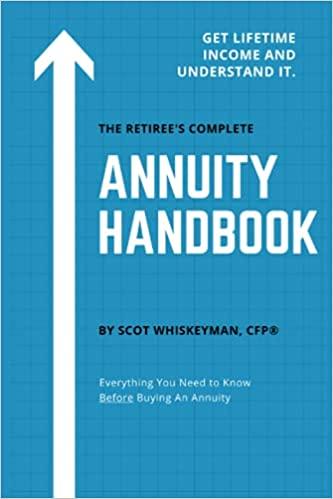Answered step by step
Verified Expert Solution
Question
1 Approved Answer
Below the picture of the question you can find a word bank where I wrote out all the drop down options in each select box
Below the picture of the question you can find a "word bank" where I wrote out all the drop down options in each select box in the passage. Please choose the correct answer.  Choices: pure / real / nominal short term / long term / intermediate term lower / greater smaller / larger less / more less / more rise / decline / vary reinvestment / interest / compound liquidity / maturity / inflation reinvestment / interest / compound interest / principle less / more
Choices: pure / real / nominal short term / long term / intermediate term lower / greater smaller / larger less / more less / more rise / decline / vary reinvestment / interest / compound liquidity / maturity / inflation reinvestment / interest / compound interest / principle less / more
Step by Step Solution
There are 3 Steps involved in it
Step: 1

Get Instant Access to Expert-Tailored Solutions
See step-by-step solutions with expert insights and AI powered tools for academic success
Step: 2

Step: 3

Ace Your Homework with AI
Get the answers you need in no time with our AI-driven, step-by-step assistance
Get Started


